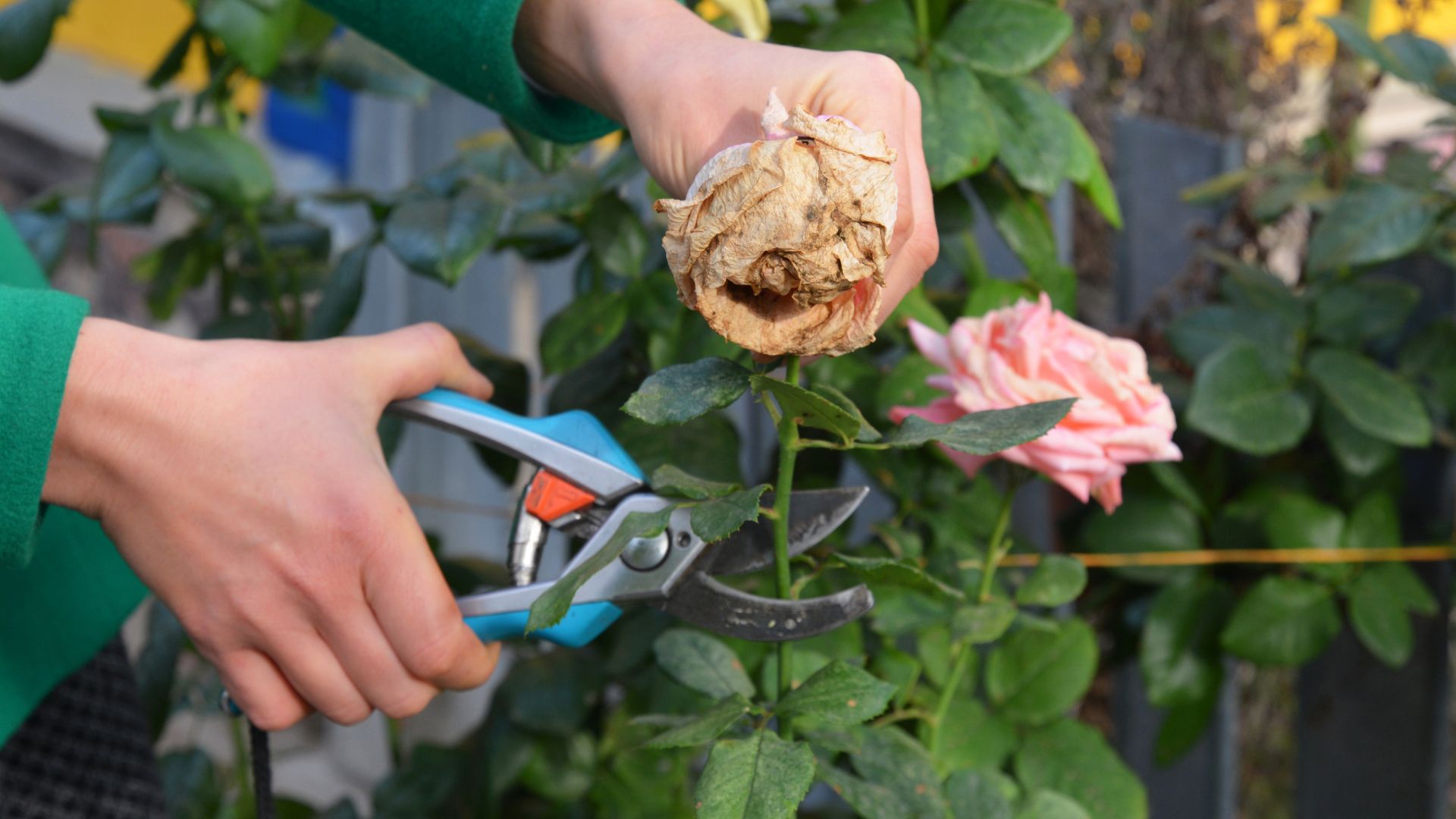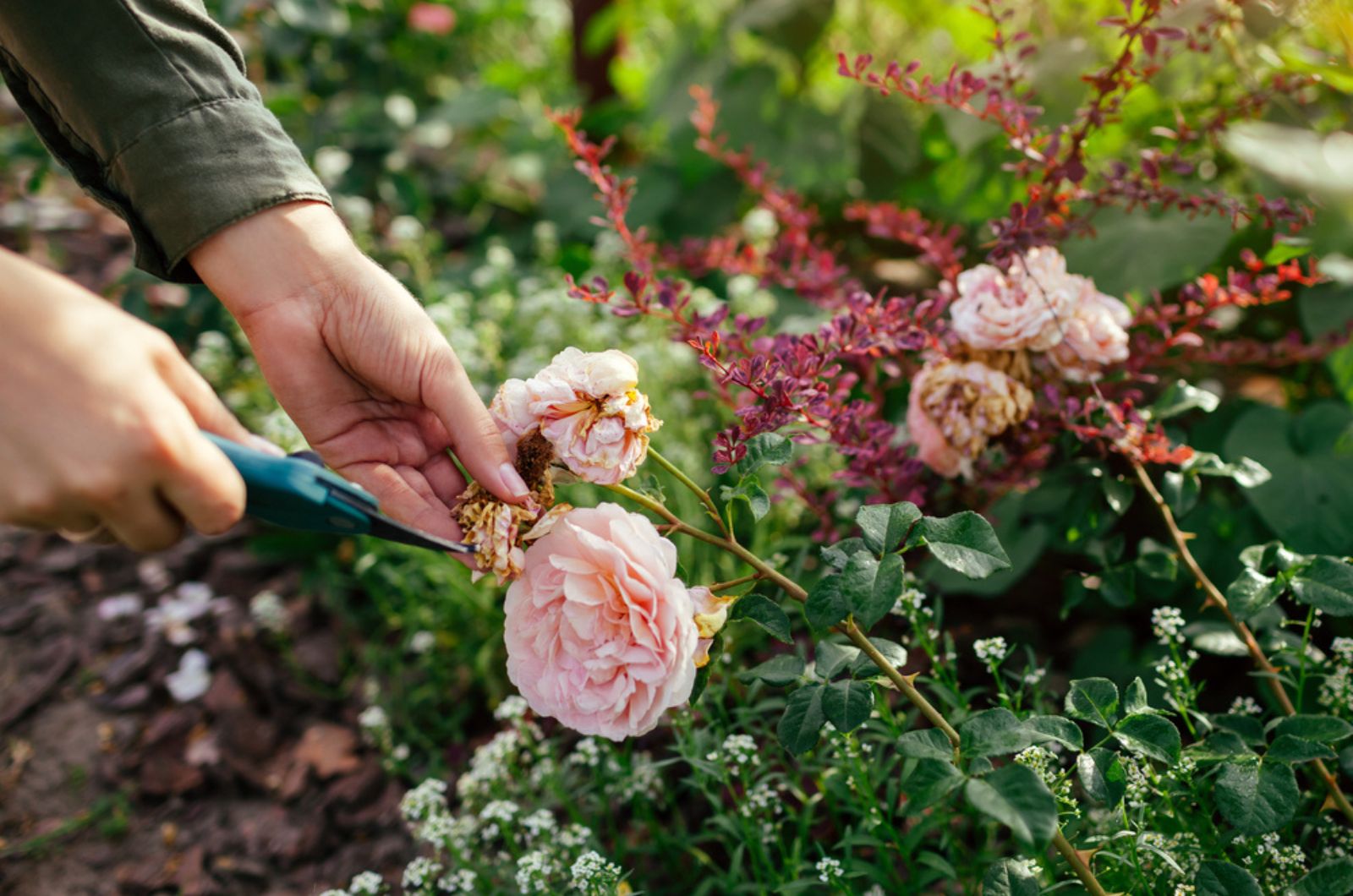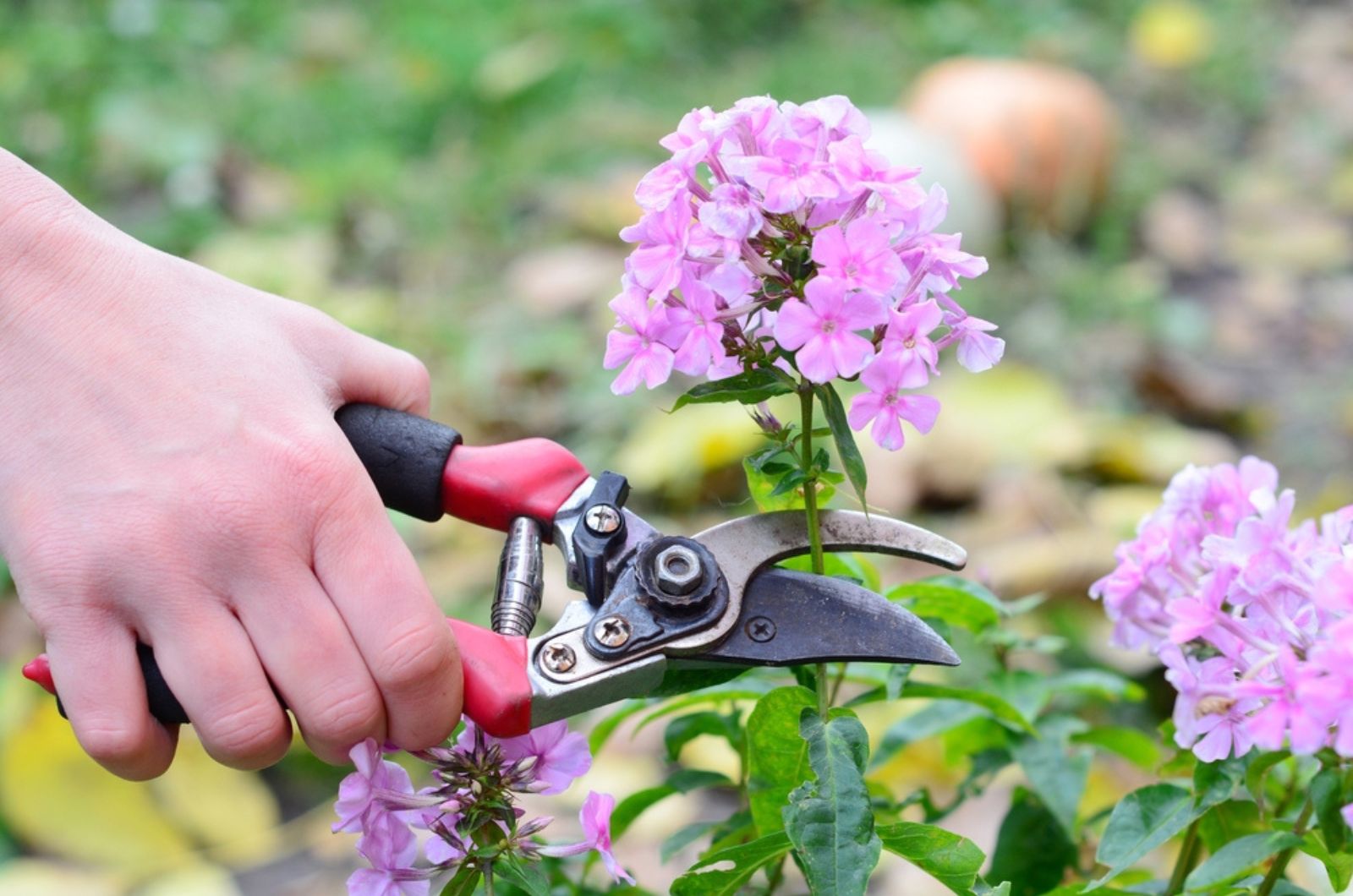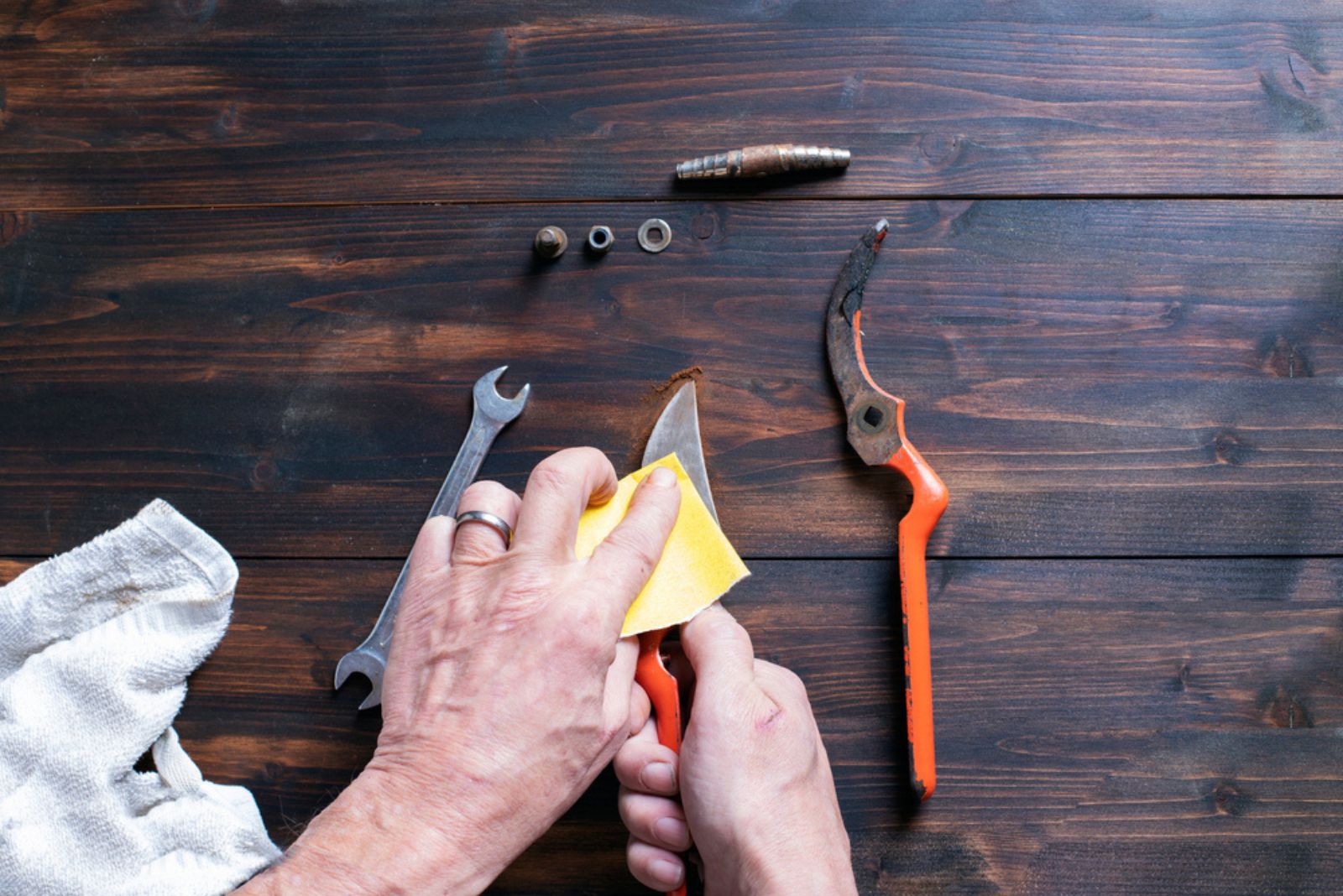You’ll frequently hear many pieces of advice related to plant care but not all of it should be listened to! Some gardening methods, such as deadheading, have been used for centuries but that doesn’t mean they’re entirely correct.
Deadheading refers to removing spent blossoms from the plant in order to help it focus its energy on new growth, the production of more blossoms, and finally, seeds.
Spent flowers on our plants still use their energy to generate seeds so the rule is to cut them off to break this cycle. Well, people are deadheading their flowers all wrong!
While this technique works for some plants, there are many cases where it’s completely unnecessary and may even damage the plant!
Let’s see why!
Some Plants Bloom Only Once!
I put the exclamation mark in the statement above because many growers frequently forget about this plant feature! This is actually where deadheading goes wrong!
You should deadhead if you want to get more blooms from your roses, dahlias, and daisies. But, for plants that generate flowers only once, this method won’t work.
These plants include lilies, lupines, tulips, lilies, daffodils, and gladiolas. As you may have noticed, these are single-stemmed plants and the stem is actually all you’ll be seeing after you remove the blossom.
Just for clarification, this technique won’t affect annuals since they complete their life cycle within a year. But for perennial plants that bloom only once, it’s another story.
If you keep deadheading flowering plants, such as tulips and lilies, year after year, you’ll harm their stems and the plant won’t be able to absorb nutrients.
If you’re wondering why some of your plants didn’t produce any flowers this season, removing their spent blossoms may be the reason.
How To Deadhead
You should never leave the stems bare in the case of single-stemmed blooming perennials.
Your goal should be to cut off the flower together with the stalk down to the lowest nodes. Nodes are the swollen parts on the plant stem where new leaves form.
By employing this technique, you help your plant focus its energy on the production of new stems and leaves. This will result in a healthy plant with a lot of new branches, i.e., more blooms the next season.
I have to mention that this isn’t some new discovery; pot farmers have been using this method for ages.
Make Sure To Clean The Cutting Tools
Another mistake growers frequently make when deadheading is skipping cleaning their cutting tools. You may think this method is time-consuming and unnecessary but, trust me, it’s something you should always do.
Remember that shears, scissors, pruners, and even garden knives may easily transmit diseases caused by fungi and viruses. Additionally, pests can also use these tools as a means of transport.
So, before you do any cutting, dip your tools in rubbing alcohol, bleach, or white vinegar. Make sure to repeat the process before each cut!
Well, deadheading can help you get more blooms but don’t use it on all your plants. Contrary to popular belief, it can do more harm than good to some plants. Always research the growth habit of your plants and how long and how often they bloom.




